Achieving Perfect Transitions: How to Merge Videos with Style
Last updated on January 19, 2025 by RGB Web Tech
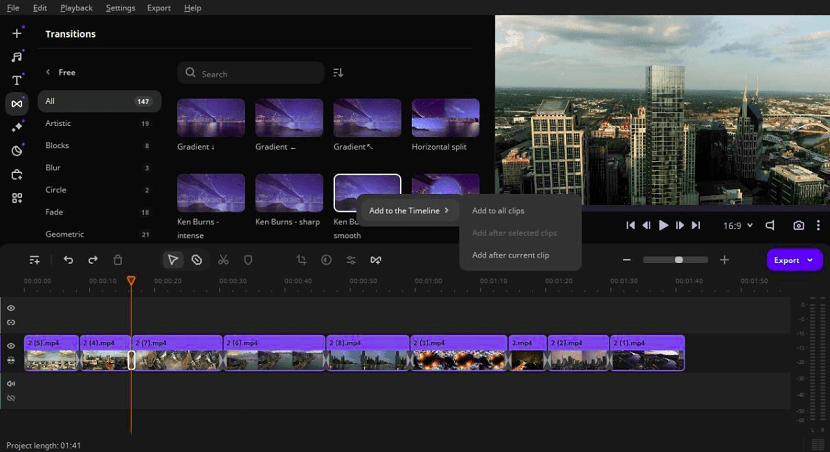
Video transitions go beyond merely shifting from one scene to another; they are instrumental in maintaining narrative flow and enhancing the viewer's experience.
They come in various forms, each imparting a unique effect on the story being told. For instance, a fade transition might convey a passage of time, while a sharp cut could indicate an abrupt change or shock.
This article delves into the intricacies of merging videos, focusing on achieving smooth and stylistically consistent transitions that enhance rather than detract from the video's overall impact.
Understanding video transitions
Any video merger can quickly stitch one clip to the next with a click of a button. The choice of a transition impacts the storytelling aspect of the video. It can set the pace, tone, and mood, thereby influencing the viewer's emotional response.
For example, a documentary might benefit from slow, thoughtful transitions that give the audience time to reflect, while a fast-paced action sequence might require quick cuts to keep up with the intensity of the scene. Understanding the narrative and emotional context of each part of your video is essential in making these decisions.
Types of transitions in video editing
1. Cut : The most basic and common transition, a cut is an instantaneous change from one scene to another. It's great for moving the story forward, without any particular emphasis on the transition itself.
2. Dissolve : This transition gradually fades out one scene while fading in the next. It often signifies a passage of time or a softening of the narrative flow.
3. Wipe : In a wipe transition, one scene is replaced by another through a boundary line that moves across the screen. It can be used to indicate a change in location or a passage of time.
4. Fade : Fades involve a scene gradually going to black (fade out) or a black screen gradually brightening to a scene (fade in). This type often signifies the beginning or end of a sequence or the entire video.
5. Zoom : This transition gives the effect of the camera moving closer (zoom in) or further away (zoom out) from the subject. It can be used to focus the viewer's attention or switch between scenes in a dynamic way.
6. Slide : One scene slides in from a side, top, or bottom, pushing the existing scene out of the way. You can find this in presentations, and it can give a dynamic, modern feel to the transition.
7. J-Cut and L-Cut : These transitions involve the audio of the next scene starting before the visual transition (J-Cut) or the audio from the current scene continuing into the next scene (L-Cut). They are effective in creating a seamless narrative flow.
8. Match Cut : A match cut takes the viewer seamlessly from one scene to another by matching the composition, action, or subject of the two scenes. It's a creative way to maintain continuity and can be very impactful when done correctly.
How to merge videos effectively
Combine multiple videos clips into a single continuous video. That’s how to merge videos. Sounds simple, isn’t it? You can achieve this process through any video editing software.
There are several options available, ranging from beginner-friendly applications, to more high-end, feature-rich software for seasoned professionals. Select a video merger that best suits your needs and skill level.
Below are general steps that apply to most video editing programs:
Step 1: Import your video clips
- Open your video editing software.
- Create a new project.
- Import the video clips you want to merge. This is usually done through a 'File Import' menu, where you can click on 'Add' or 'Open'.
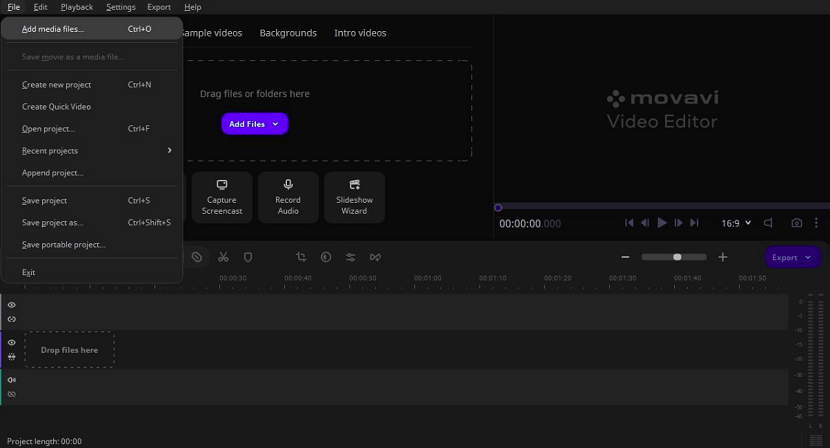
Step 2: Arrange the clips
- Drag and drop your video clips onto the timeline in the order you want them to appear.
- You can trim the clips by clicking and dragging the ends or using a specific tool to remove unnecessary parts.
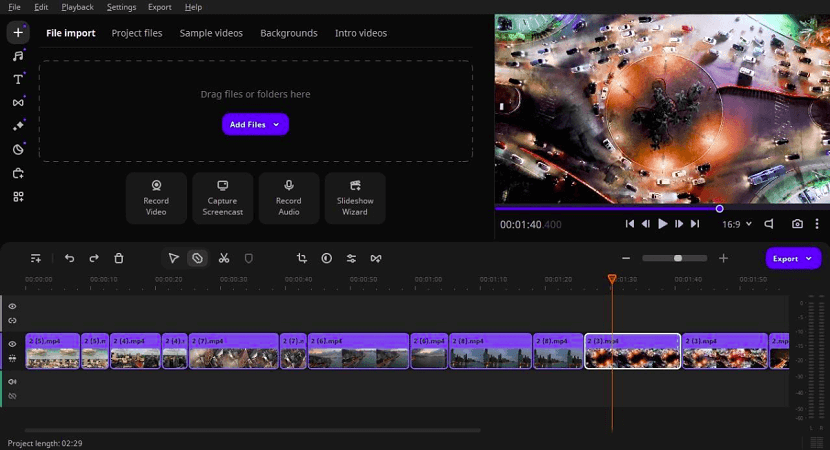
Step 3: Apply transitions
- Select the transition option on your video editing software's menu.
- Choose a transition type from the available options.
- Drag and drop the chosen transition between two clips on the timeline.
- Adjust the duration of the transition if necessary.

Step 4: Preview your video
- Regularly preview your video to make sure everything flows smoothly and looks the way you want it to.
- Make any necessary adjustments.
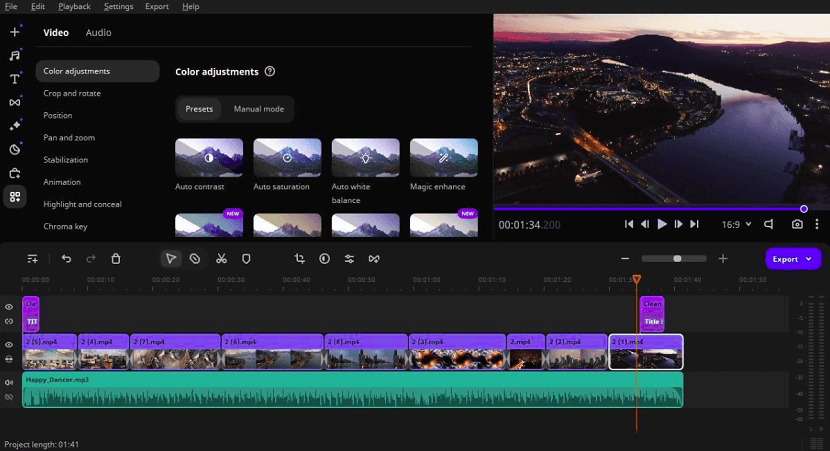
Step 5: Export the merged video
- Once you are satisfied with your video, export it.
- Select the 'Export' or 'Render' option in the program’s interface.
- Choose the desired video format and quality settings. Common formats include MP4, AVI, and MOV.
- Save the final video file to your computer or device or share it online.
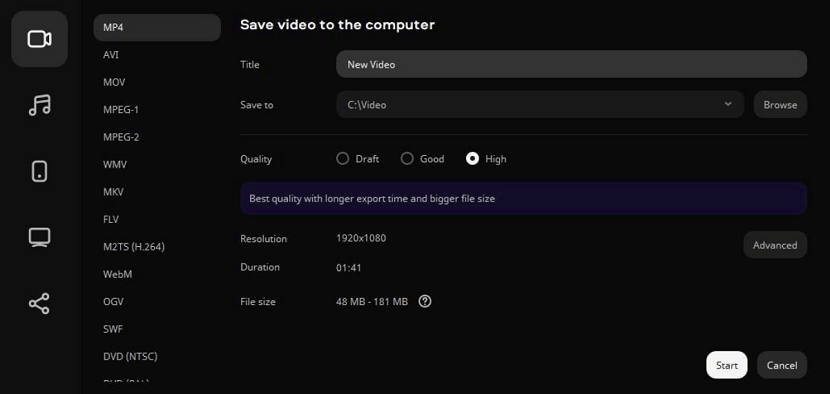
Additional tips
- Ensure all your clips are in a compatible format and resolution before starting.
- Save your project frequently to avoid losing progress.
- Take your time with the editing process to ensure the best possible outcome.
Tips for creating organic transitions
Make videos with organic transitions that blend seamlessly with the style. Ensure each transition feels natural and relevant to the content. For instance, using a whimsical transition in a serious documentary can feel out of place. Similarly, overly complex transitions in a simple vlog can distract from the content.
Here are some essential tips to create effective transitions:
1. Ensure subtlety : Transitions should enhance the video's storytelling without drawing too much attention to themselves. Another important aspect is consistency; maintaining a uniform style of transitions throughout the video keeps a coherent narrative structure.
2. Avoid common mistakes : Don’t overuse transitions. While they can be effective storytelling tools, excessive use can make a video feel disjointed and confusing. Another mistake is not considering the audio aspect of transitions. Audio should always complement visuals for a seamless experience.
3. Use advanced techniques : For those looking to delve deeper, there are advanced techniques you can do in a video merger that involve using transitions for narrative purposes. This includes matching to the mood of the scene, using color and light to convey the time of the day, or employing motion to indicate movement or progression.
4. Optimize for different platforms : Different platforms, like YouTube or Instagram, often require different editing tricks and styles. For YouTube, longer transitions might be more acceptable, whereas Instagram stories might benefit from quicker, more dynamic transitions. Understanding the norms and expectations of each platform is key to effective video editing.
5. Be creative : Transitions offer a canvas for creativity. Experimenting with different types of transitions can lead to unique and compelling video. For example, a transition that mimics the opening of an eye can be used to reveal a new scene, adding a layer of creativity to the narrative.
6. Practice : The applications of effective video merging are vast, from vlogging and documentary filmmaking to marketing and educational content. Each field has its specific needs and stylistic approaches, making the video merging skill versatile and valuable.
Wrap up
Merging videos is a fundamental skill in video editing that not only allows you to put two videos together, but also offers endless creative possibilities. With the right software, techniques, and considerations, anyone can create impactful and engaging video content.
Remember to practice regularly and experiment with different approaches to find your unique style. As you continue to hone your skills, you will be able to seamlessly merge videos and create visually stunning content that captivates your audience.
Merge Videos
If you found this article helpful, we encourage you to share it on your social media platforms—because sharing is caring! For more information about article submissions on our website, feel free to reach out to us via email.
Written by RGB Web Tech
Latest Technology Trends
Latest technology trends shaping the future, including AI advancements, blockchain innovation, 5G connectivity, IoT integration, and sustainable tech solutions. Explore breakthroughs in quantum computing, cybersecurity, augmented reality, and edge computing. Stay ahead with insights into transformative technologies driving innovation across industries and revolutionizing how we live, work, and connect.
“Technology is best when it brings people together.” — Matt Mullenweg
